Fall is a great time of year for planting perennials. The cooler days mean it’s less taxing on you to work in the garden. Cool days also promote root growth over plant growth, which is what is important to establish strong, long-lasting plants.
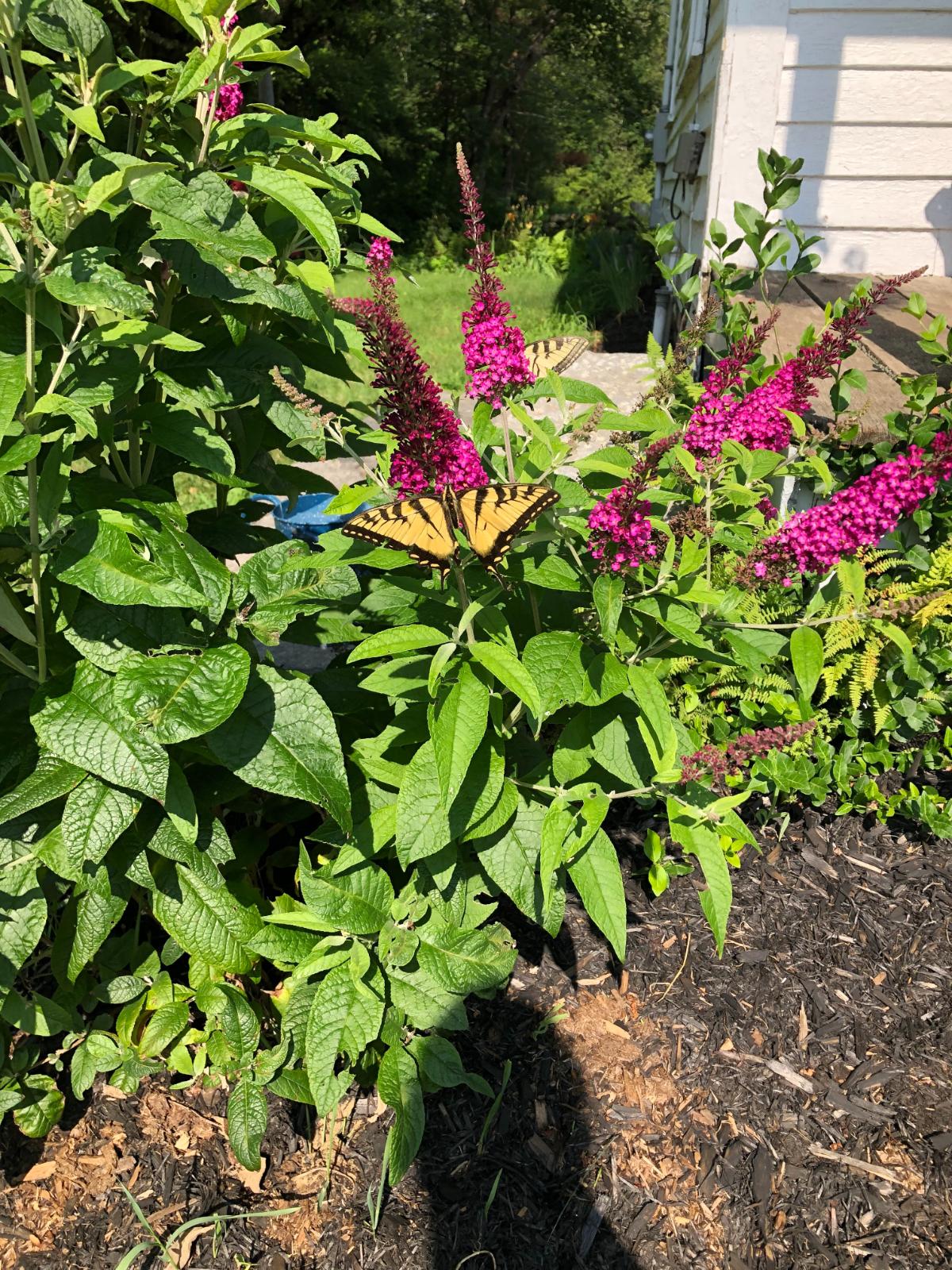
There are a number of benefits to planting perennials in the fall.
But when, exactly, is the fall planting window for perennials? When can you plant perennials in the fall?
Jump to:
- Ideal Timing of Fall Planting for Strong Root Growth & Plant Establishment
- Fall Planting Starts 6 Weeks Before Frost (But Doesn’t End There)
- Daytime Temps of 45℉ or Above
- Soil Temperatures of 40 and Up
- Technically, You Can Fall Plant Perennials As Long as You Can Work the Soil
- Zones and Temperatures are Changing (and Extending the Fall Planting Window)
- Protect New Plants with Winter Mulch
- Start in Cooler Areas of Your Yard and Move to “Hotspots” as You Plant Your Fall Perennials
- We Should All Plan for More Fall Perennial Planting
Ideal Timing of Fall Planting for Strong Root Growth & Plant Establishment
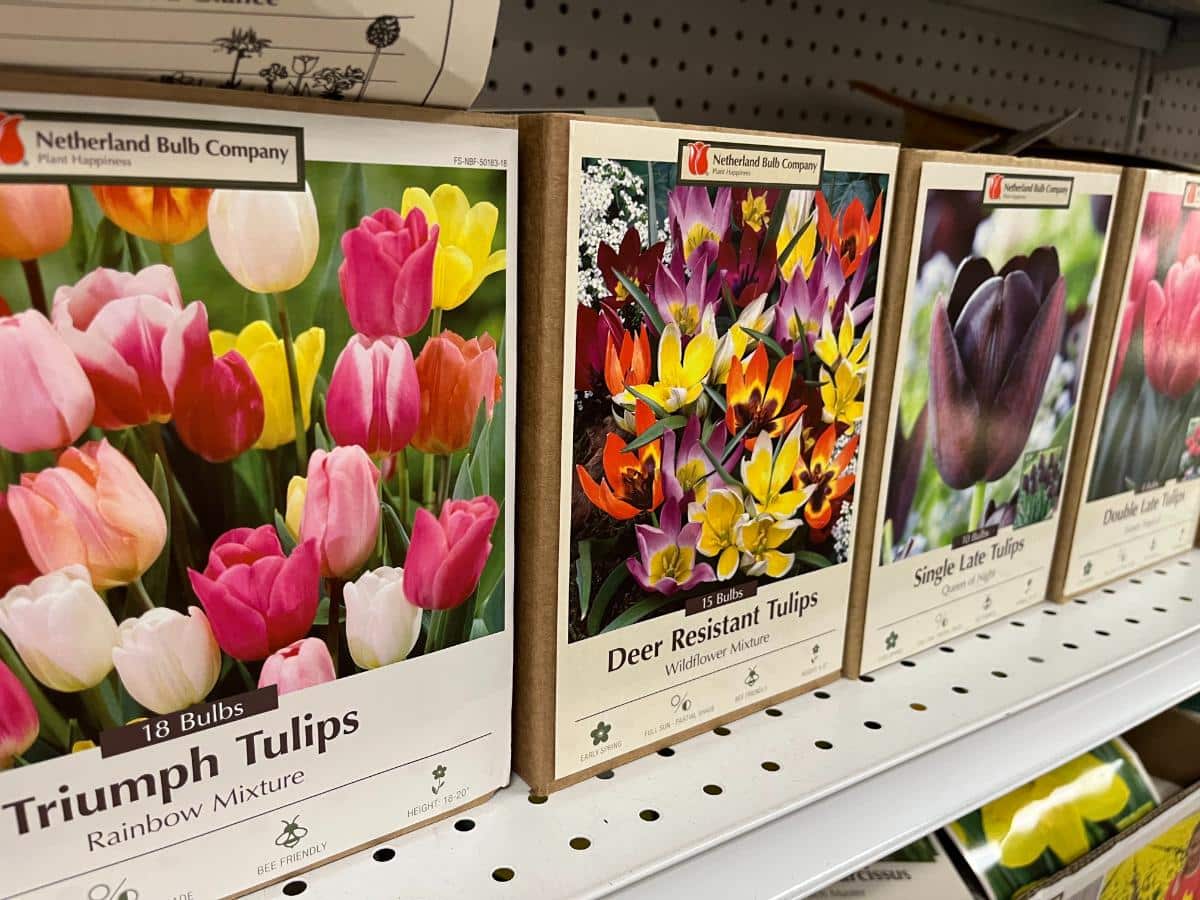
In the best-case scenario, perennials that are planted in the fall will do best in the long term if they have some time left in the season to grow some good roots before winter and before dormancy sets in.
Even if it doesn’t look like it, perennials will do a lot of growing during this time. It may not be the gangbuster growth of the summertime, but that’s okay. Most of the growth is happening under the ground.
Big bursts of stem and foliage growth are not the goal in the fall. In fact, that new, tender growth will be subject to more winter kill because it won’t harden off properly.
Though fall plants may seem to grow very slowly or not at all, their roots are growing.
Think of this time more as setting the stage for big things in the spring, summer, and the many years to come for these plants.
Perennials that are planted in the autumn will give you at least the show you see in the pot, but more importantly, they’ll set themselves up for bigger growth and more impressive displays in the future.
Fall Planting Starts 6 Weeks Before Frost (But Doesn’t End There)
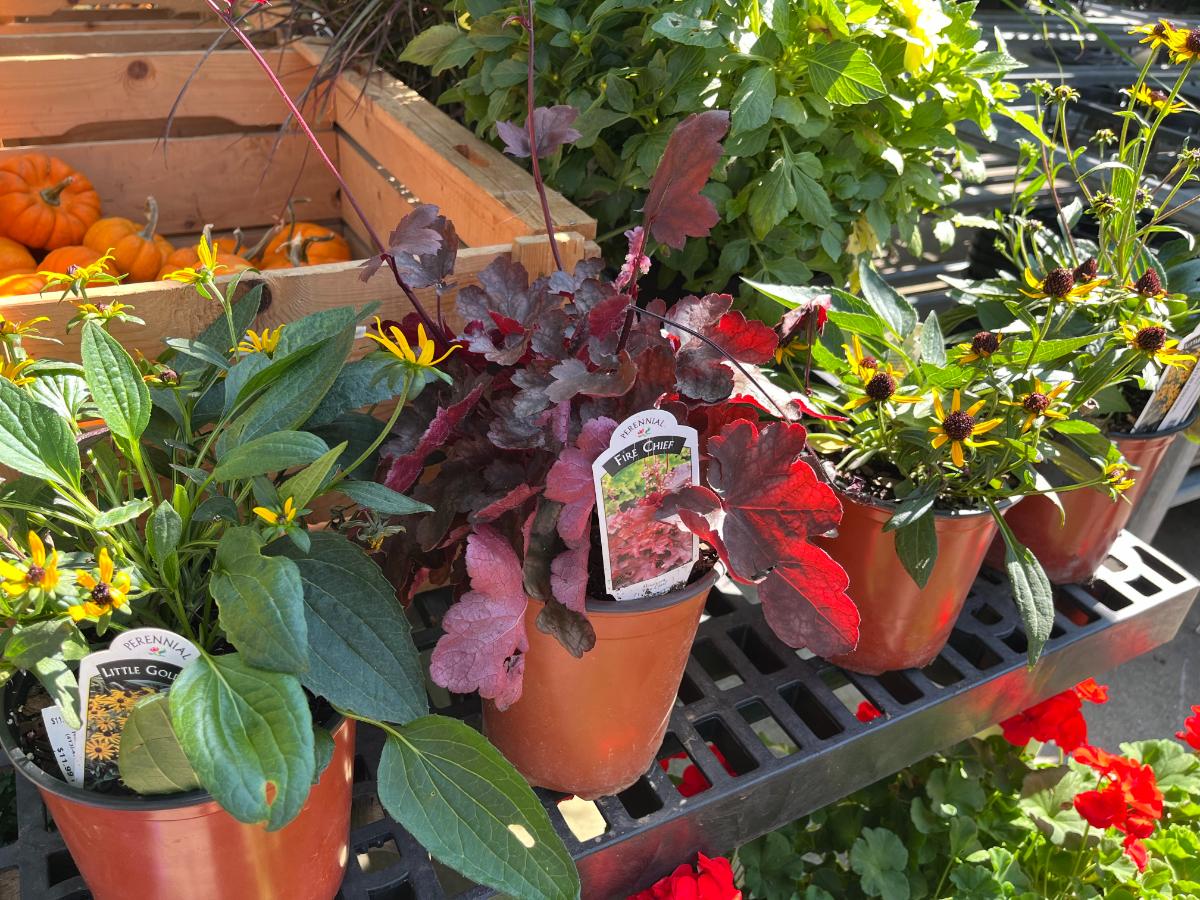
“Fall planting time” is a bit of a vague window. To put some timelines and benchmarks to it, fall planting is considered to start six weeks before your anticipated first frost date.
Of course, frost doesn’t kill perennials; it just sends them into dormancy. But frost is still used as a benchmark because it pairs with other environmental and climate conditions that signal the beginning of the end of the growing season.
Frost is more of an issue for annual plants, but again, it does affect perennials just because it is a natural signal to them. It is also a signal to us that the temperatures are dropping.
The expected first frost date is a good tool to use because it is one of the only climate and weather predictors we have. Of course, frost dates are not set in stone and for many growers, frosts have come later and later. That can make determining planting times and planting windows a bit more difficult.
Overall, however, finding your first frost date and counting back six weeks will tell you when the fall perennial planting season “starts” in your area.
Use the first frost date as a planning tool. It is not the only thing that tells you when you can successfully plant perennials in the fall, though. Look at some of these other indicators and guidelines, too.
Daytime Temps of 45℉ or Above
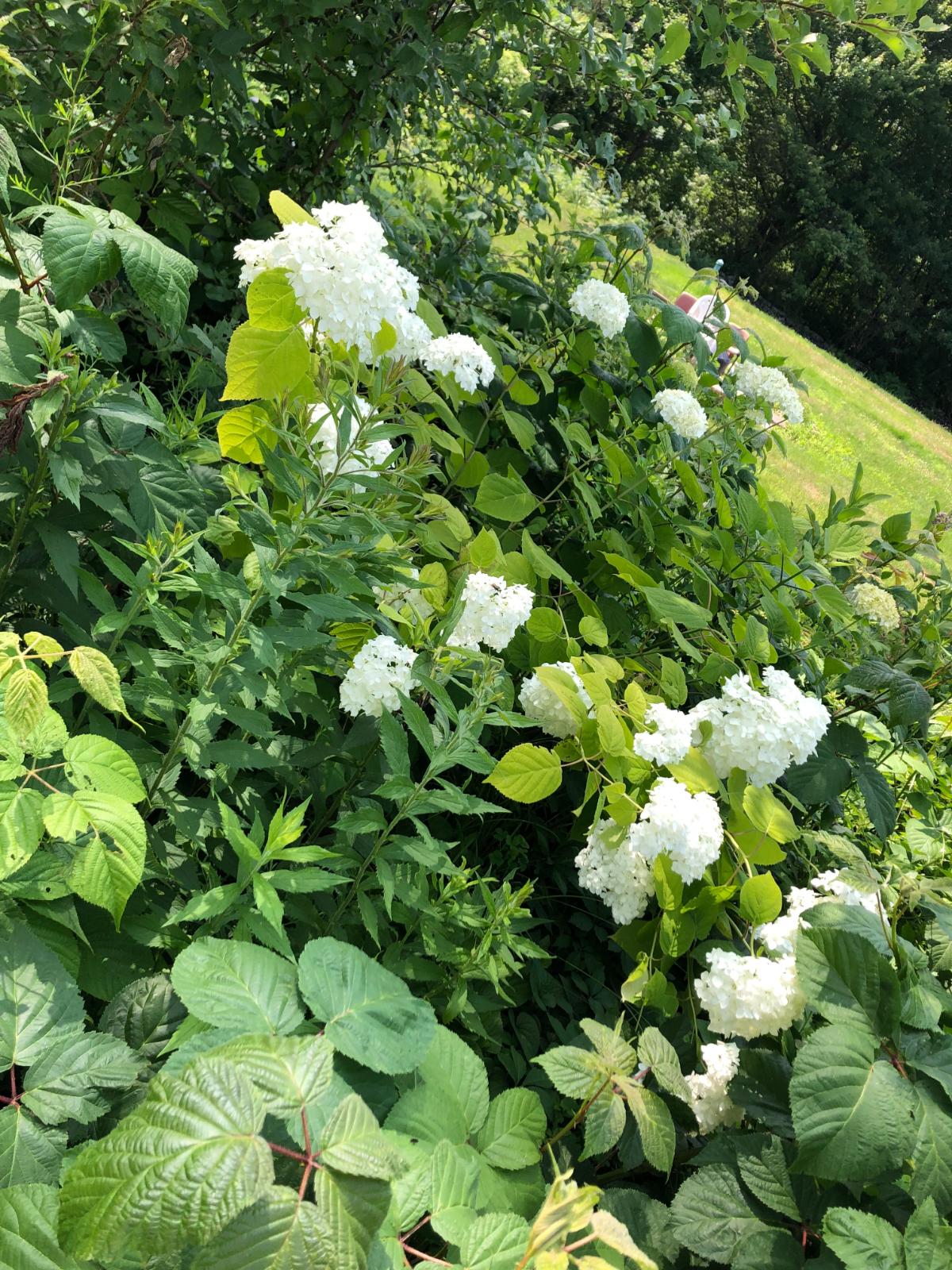
Even if (or when) frost hits, if the daytime temperatures are consistently averaging 45℉ (7.2℃) or above, perennials will live and keep growing (primarily root growth).
Temperatures in this range mean the soil temperature is even warmer, giving those roots what they need to grow. Remember, the ground will hold warmth much longer than air temperatures will.
Even in cool northern locations, it will take some time before the daily average temperatures are consistently below 45 degrees (below 7.2 Celsius). That means we all have quite a long time to get perennials in the ground in the fall.
When you’re planting your fall perennials, don’t forget that this means fall bulbs, too! …As well as potted transplants and container-grown plants.
Soil Temperatures of 40 and Up
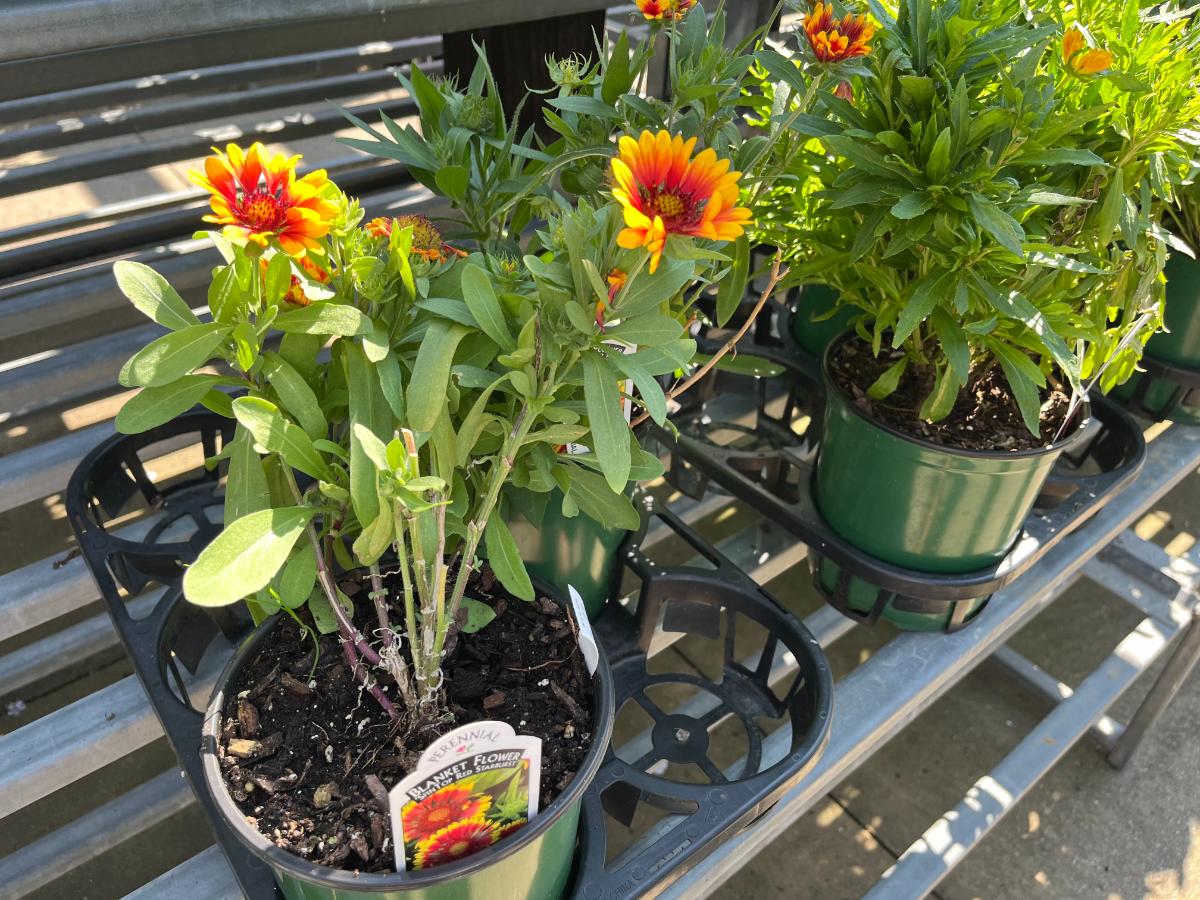
Soil temperature is really the biggest factor for fall-planted perennials. As long as the temperature of the soil is holding at 40℉ (4.4℃), the ground is warm enough for roots to grow on most perennial plants.
Up until the time that true cold and frost sets in (which is typically much later in the year and into the winter), the ground is almost always warmer than the air temperature (and if you dig down deep enough, it is even warmer still, even through winter).
So, don’t assume that just because there is a solid chill in the air that you can’t plant perennials in the fall. Quite the contrary. Those perennials will still have enough ground warmth to grow those all-important first roots!
If there are youngsters in your life (or if you’re a curious adult), here’s an interesting experiment and temperature-tracking activity you can do to see this difference. It is from the New Jersey Agricultural Society Learning Through Gardening Program.
Technically, You Can Fall Plant Perennials As Long as You Can Work the Soil
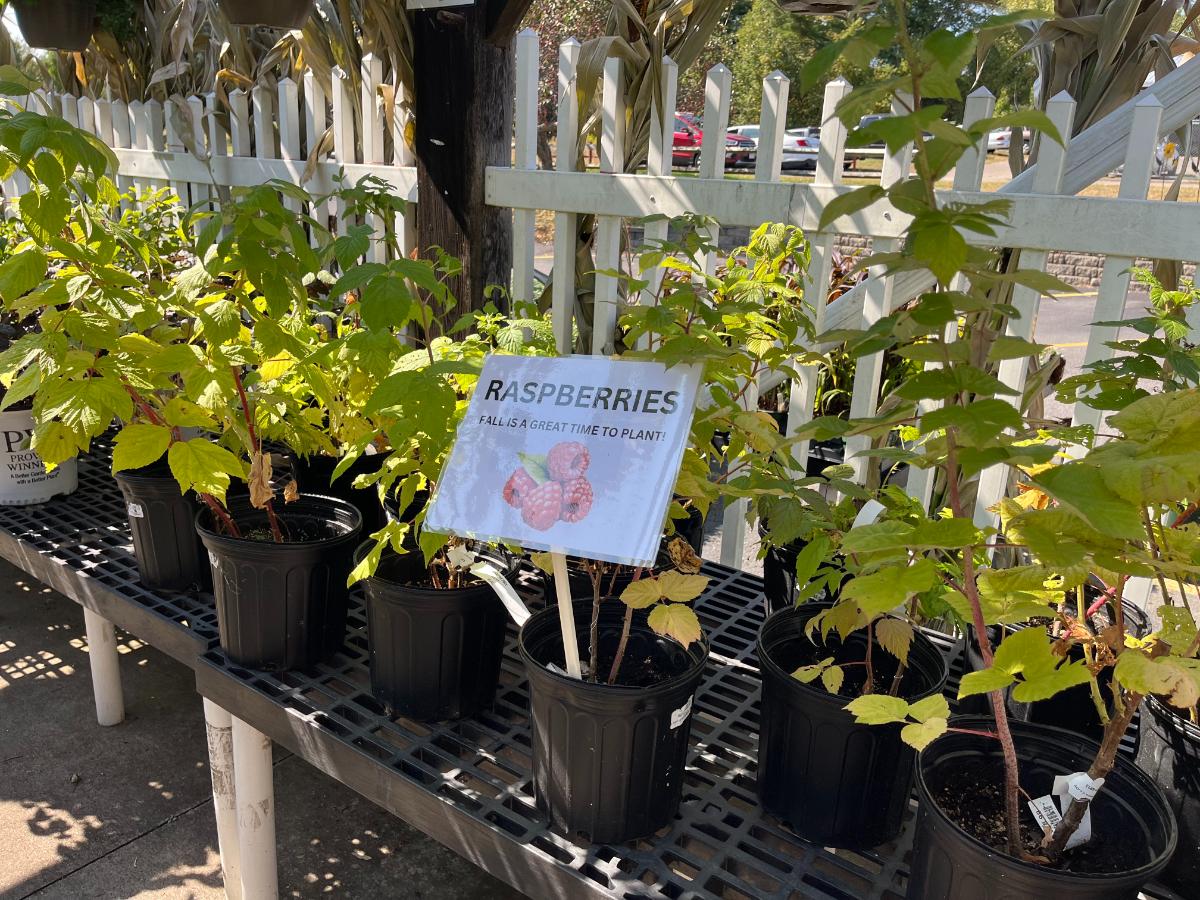
Planting earlier lets perennials get established and gives them time for expanded root growth, but the truth is that for as long as the soil is workable, you can plant your perennials in the fall (and even into the early winter).
Most perennials will survive this if they are hardy for your zone, even if the roots don’t grow until spring. In fact, planting in the ground is a good way to overwinter potted perennials (whether you leave them in the pots and heel them in or take them out and plant them for real).
If your choice is leaving plants in containers or pots or putting them in cold ground even though they won’t grow until the seasons change again, plant them. Your plants are far more likely to survive in the ground than in containers and pots.
In pots and containers, the roots are much more exposed and will freeze more completely. They will most certainly dry out, which will be the sure cause of death for your potted perennials.
Zones and Temperatures are Changing (and Extending the Fall Planting Window)

Recent changes to the USDA hardiness zones are proof that things are warming up. Hardiness, zones, and local climates really are changing.
The same is true all over the world. If you don’t live in a place where a USDA Hardiness Zone is assigned, you can still estimate its equivalent to find out if certain perennials can live where you do. Some other countries assign a different hardiness scale of their own.
This means that most of us are experiencing later frosts, later and longer warm temperatures, and days above the 45-degree threshold further into the year.
This also means we have a larger, longer window of time to plant perennials in the fall.
It’s a prime reason why it’s helpful to have more than just a calendar date or estimate to go by. Let your local weather and climate guide you. This will leave you with ample opportunity for planting perennials in the fall!
Protect New Plants with Winter Mulch
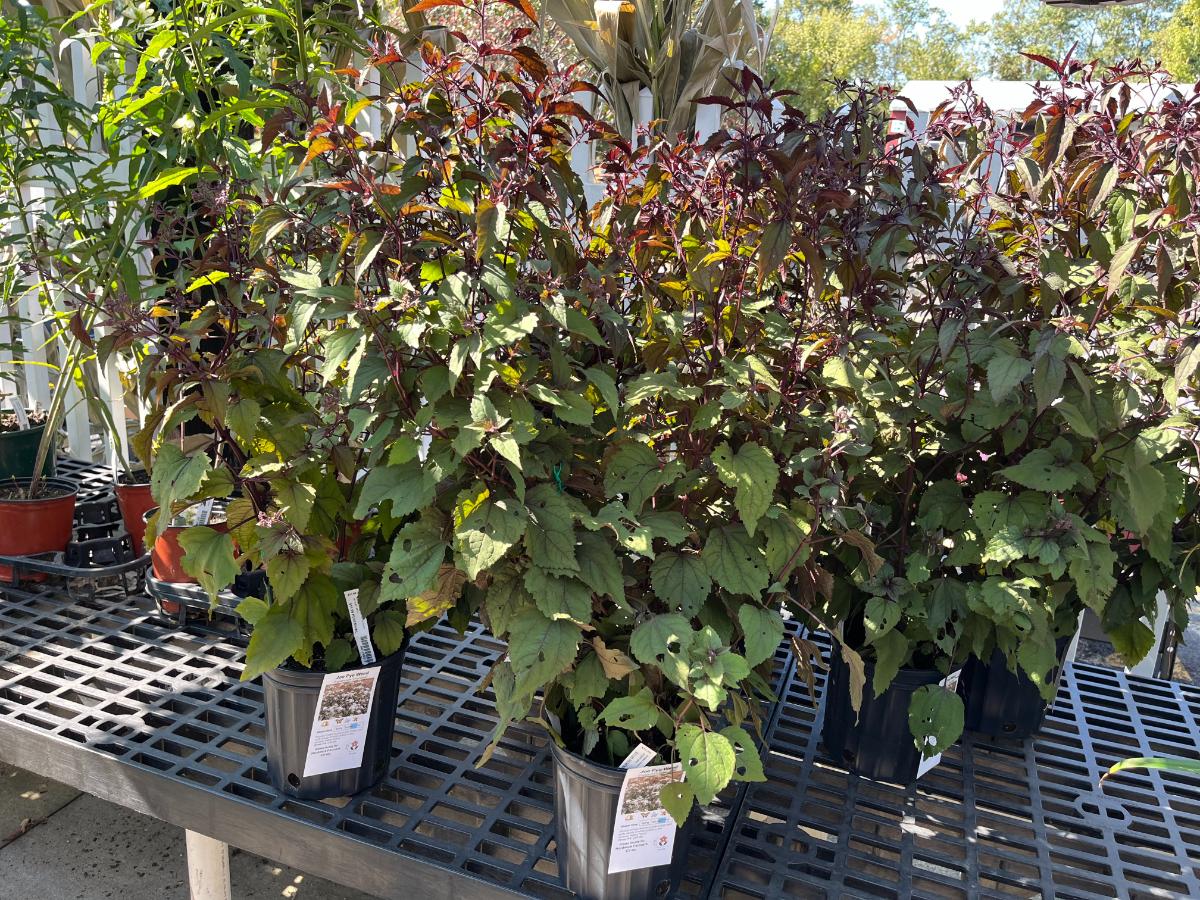
Mulch is a real gardener’s helper. We know that mulch helps reduce weeds and preserve soil moisture. It helps preserve the moisture during the winter months, too. That is key to successfully overwintering perennials.
This is especially helpful for newly planted perennials.
After you have some freezing weather and the ground begins to freeze, add an additional two or more layers of winter mulch. Winter mulch will lock the cold into the ground, sort of like insulation in a cooler.
While this may sound counterintuitive, it’s really what is best for dormant perennials and it is what protects them against winter kill, which can happen when the ground heaves and settles, heaves and settles. That action breaks roots, dries out the ground, and causes death.
Your perennials are much better off in a stable cold frozen environment through the winter. Winter mulch helps achieve those conditions.
Start in Cooler Areas of Your Yard and Move to “Hotspots” as You Plant Your Fall Perennials
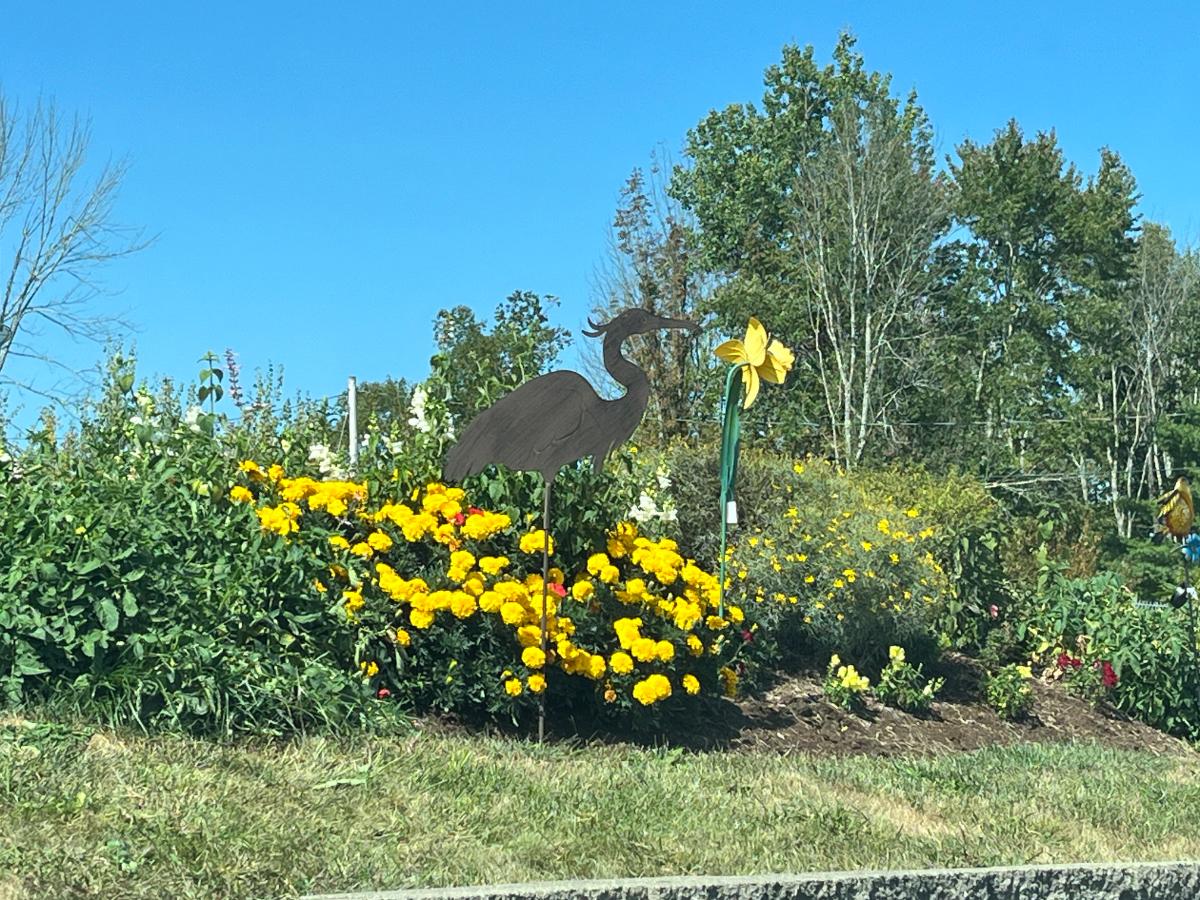
Don’t feel like you have to do all your fall perennial planting at the same time. The early fall can be quite hot in some places. That subjects new plantings to unnecessary heat stress.
A good way to go about planting perennials in the fall, and making the most of the lengthy fall planting window for perennials, is to start in the cooler areas of your yard. These will be the spots that get more late afternoon sun or that are in the shade.
After those planting jobs are done, move to the next coolest areas and work around to the warmest spots.
Planting in this rotation will be more comfortable and easier for you. It will be easier on the plants, too, as they won’t battle the most intense sun and high heat the early fall has to offer.
We Should All Plan for More Fall Perennial Planting
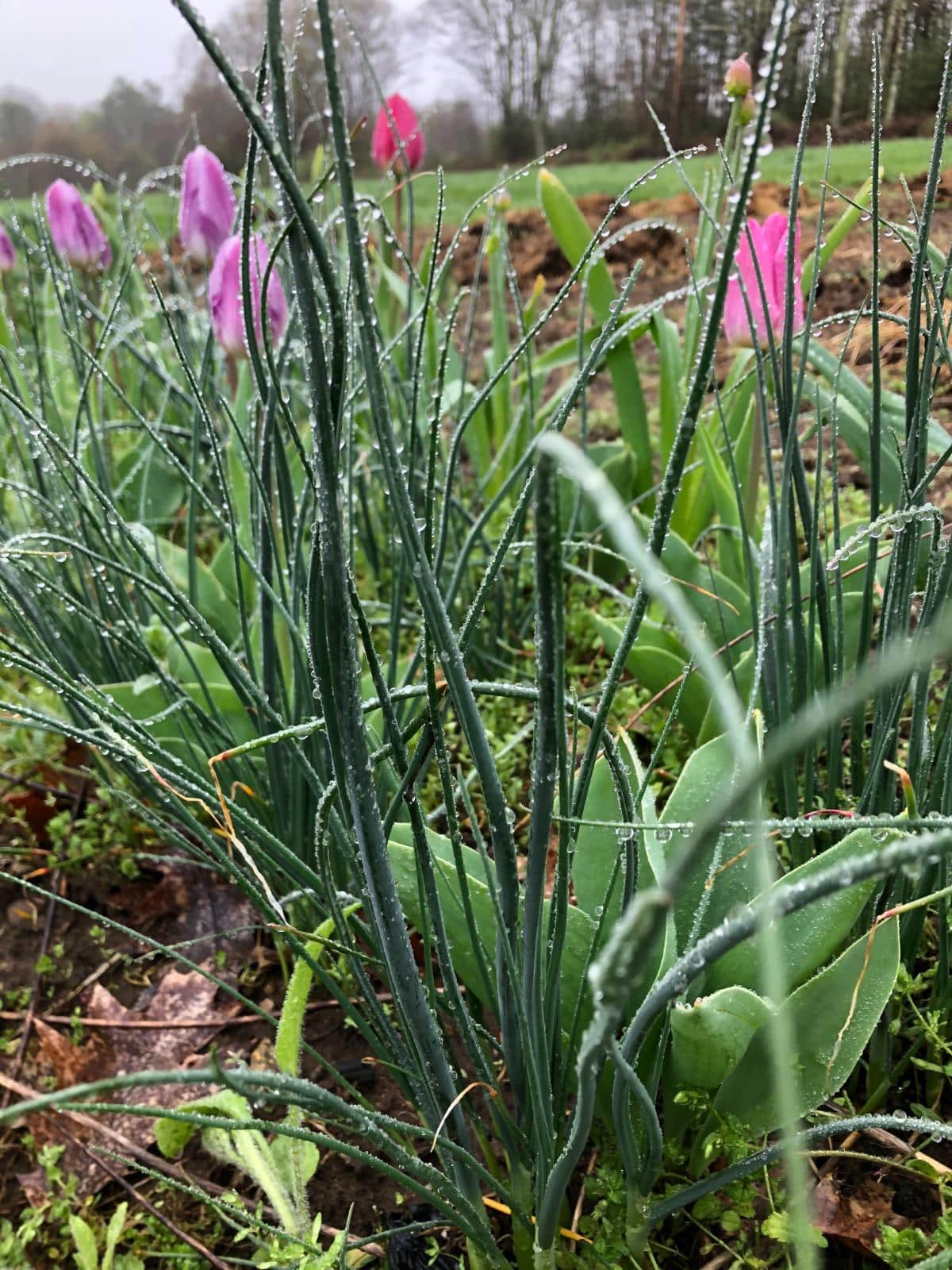
Planting perennials in the fall often doesn’t get the attention it deserves. Perennials planted in the fall are happier and healthier plants than those planted under summer heat stress conditions.
And in the spring, when the days get hot before you know it and there are so many competing activities and garden tasks to be done, you’ll be glad you have your perennial planting already in place. And your plants will already be off and running!

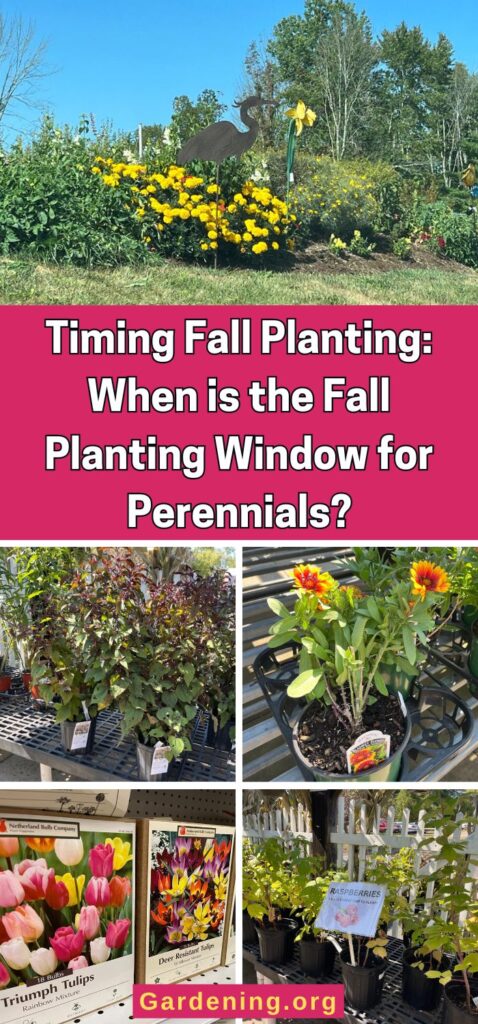
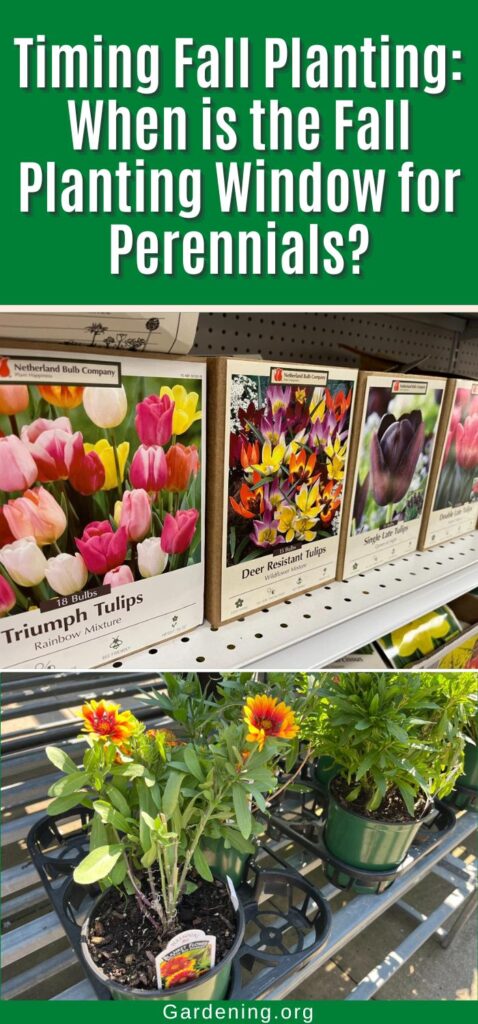


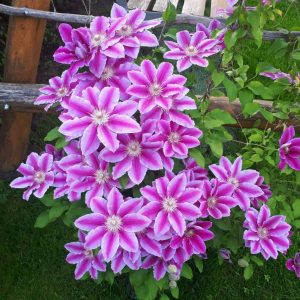
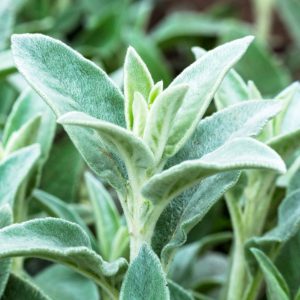

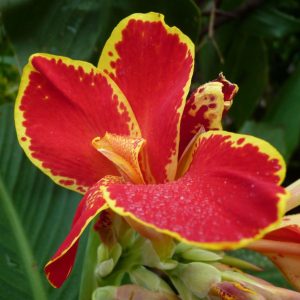
Leave a Reply